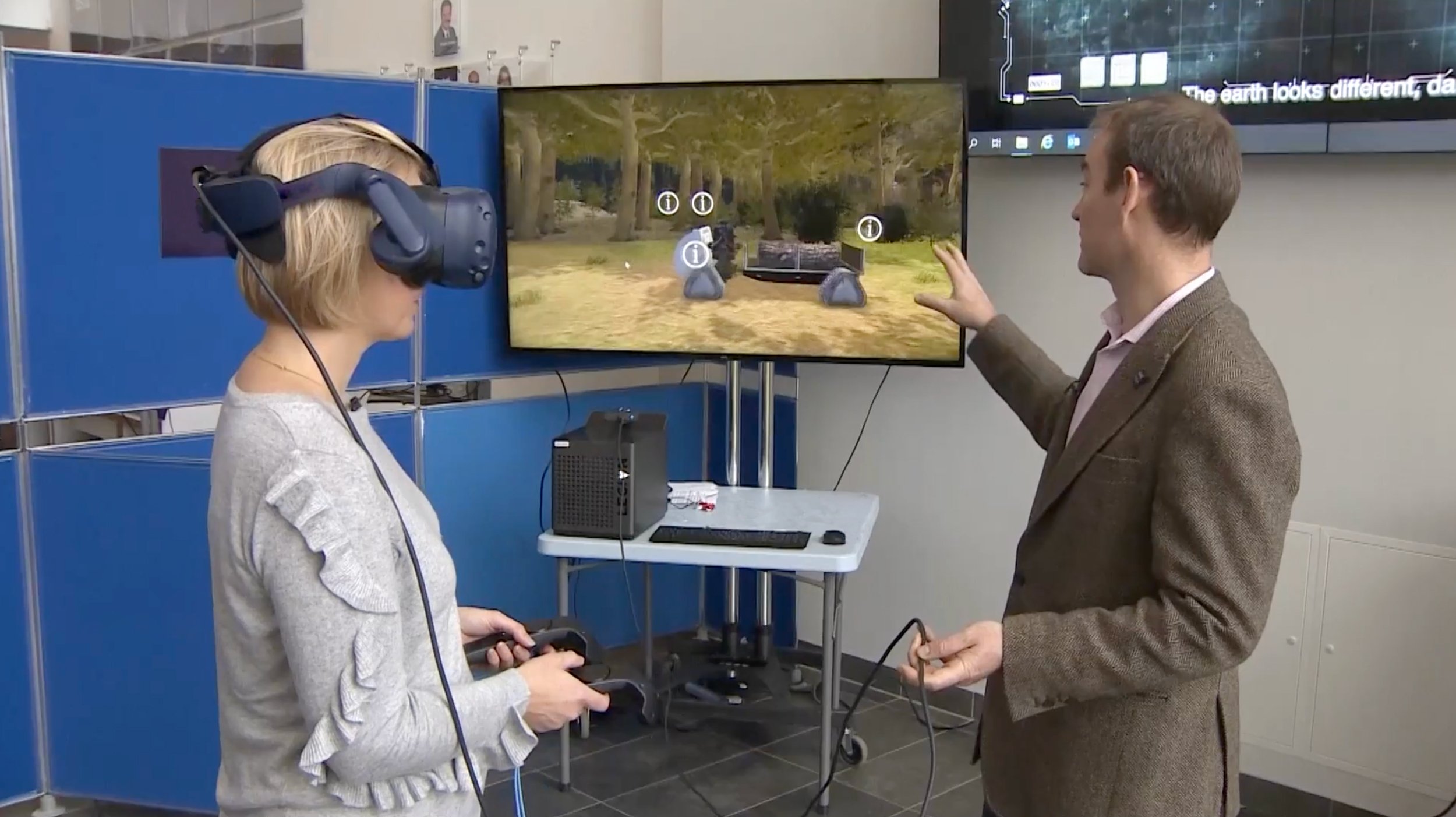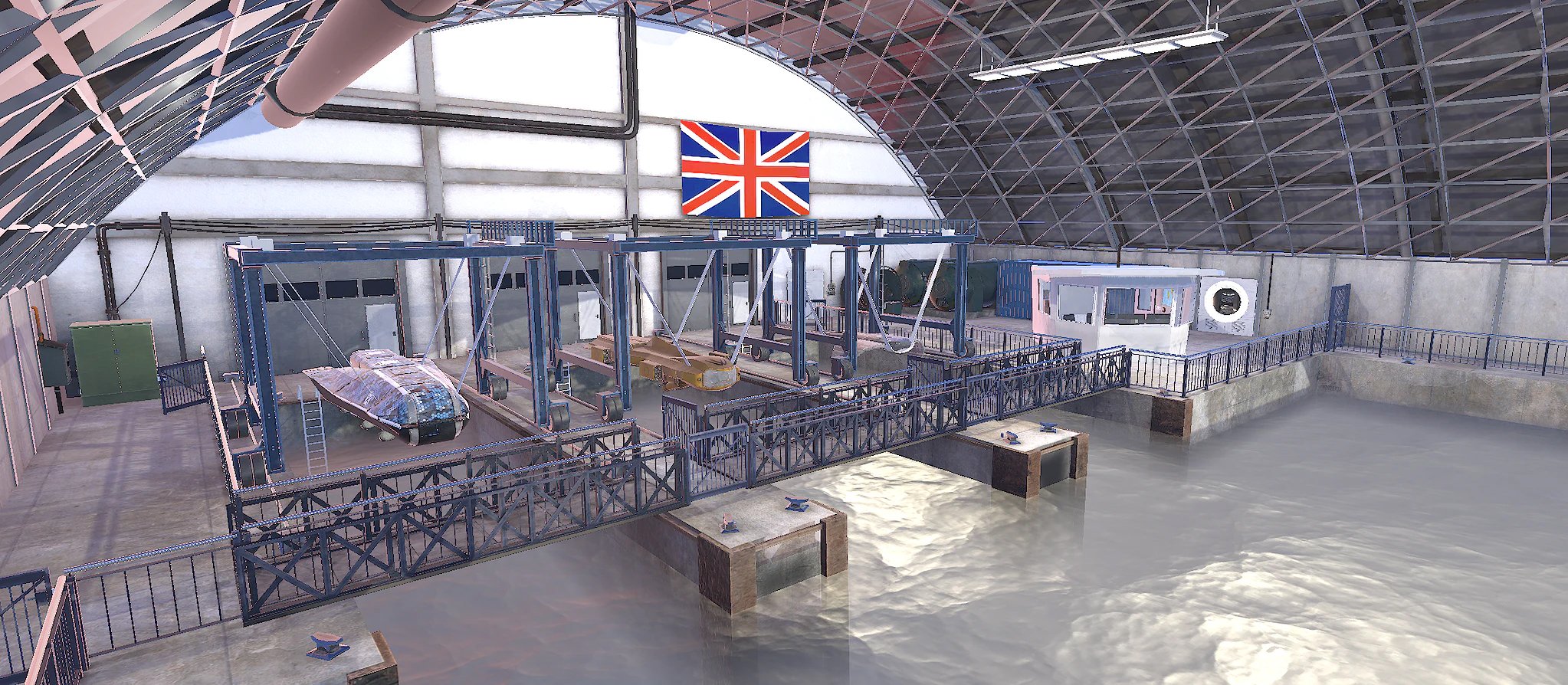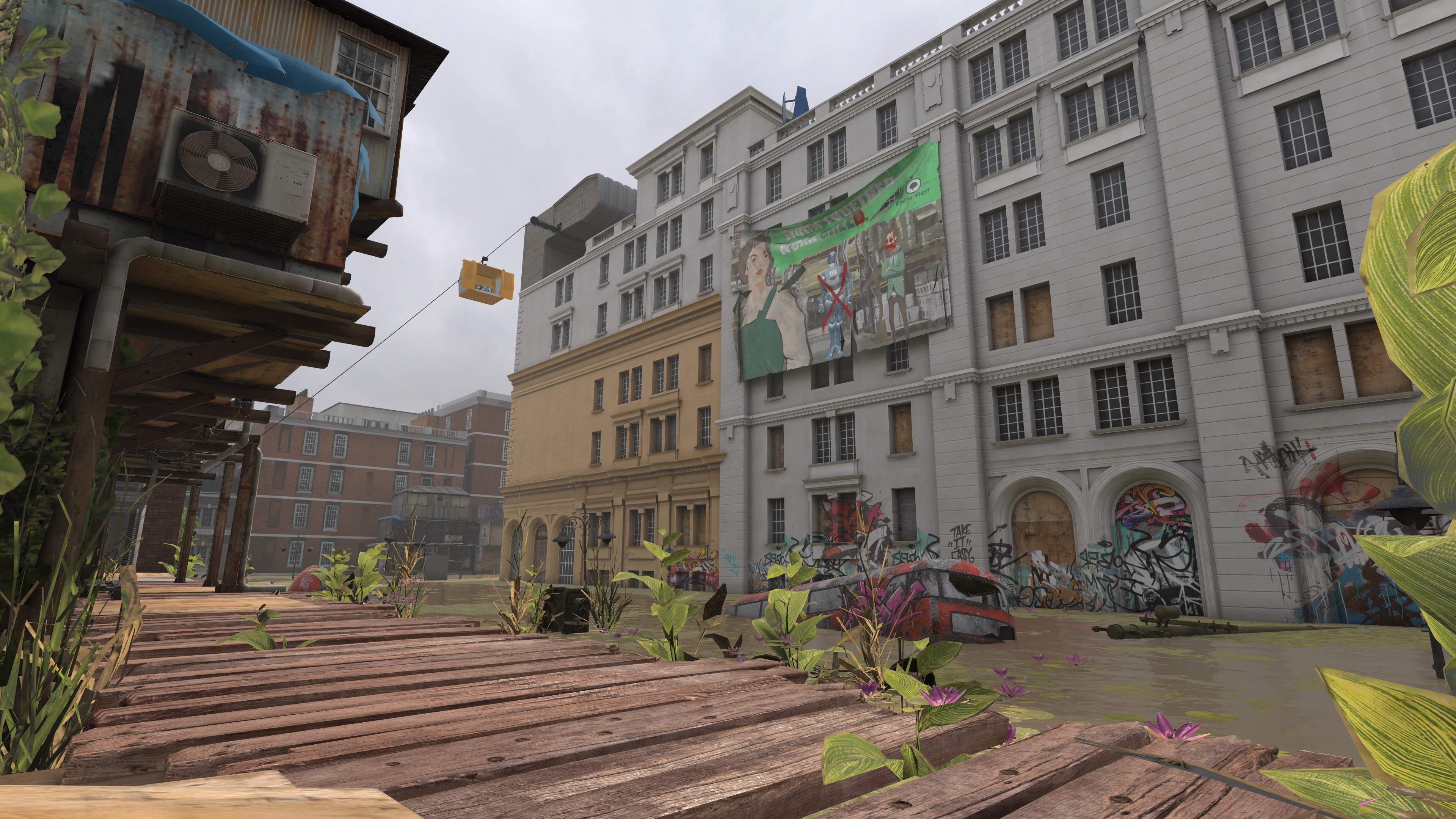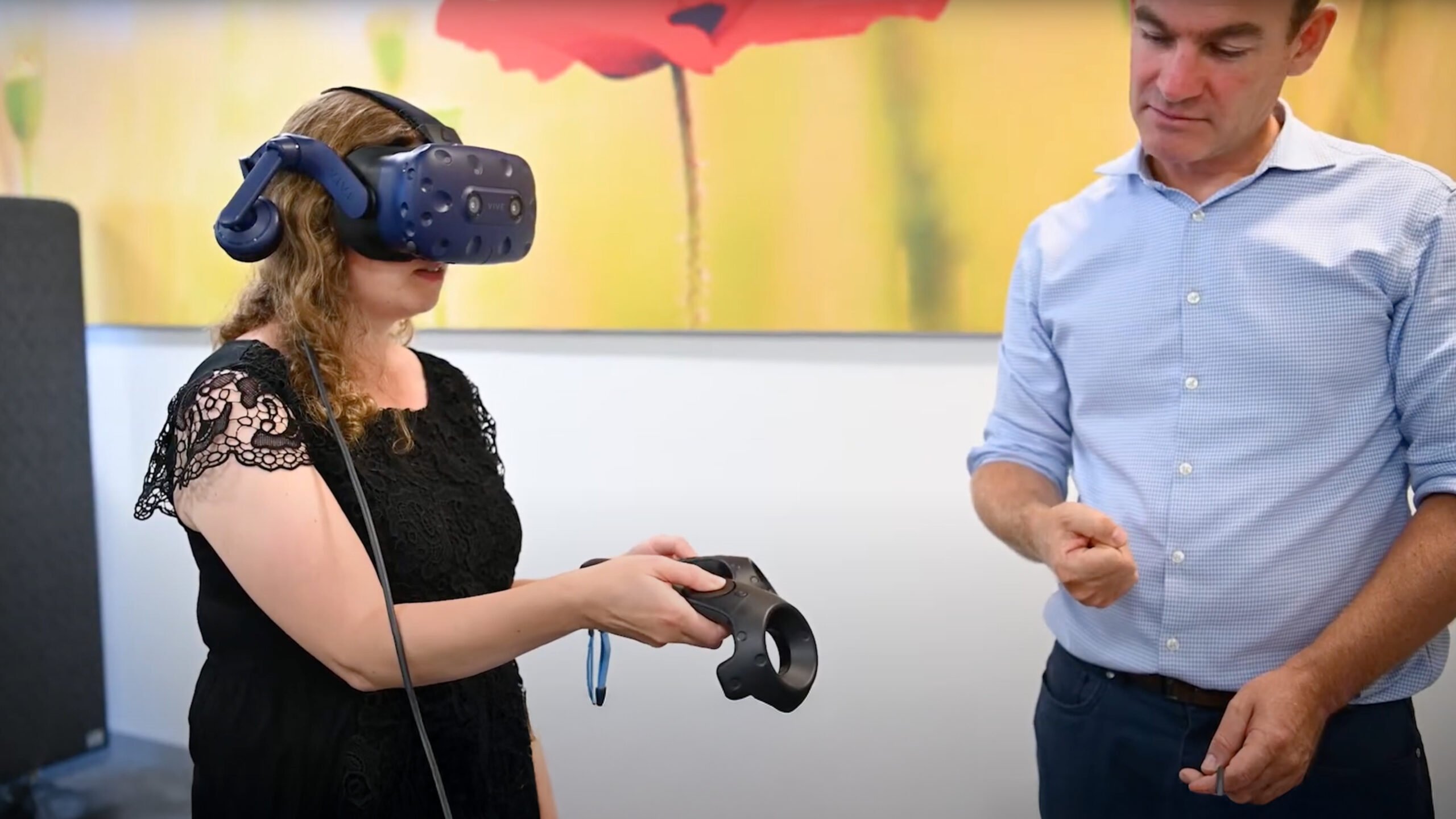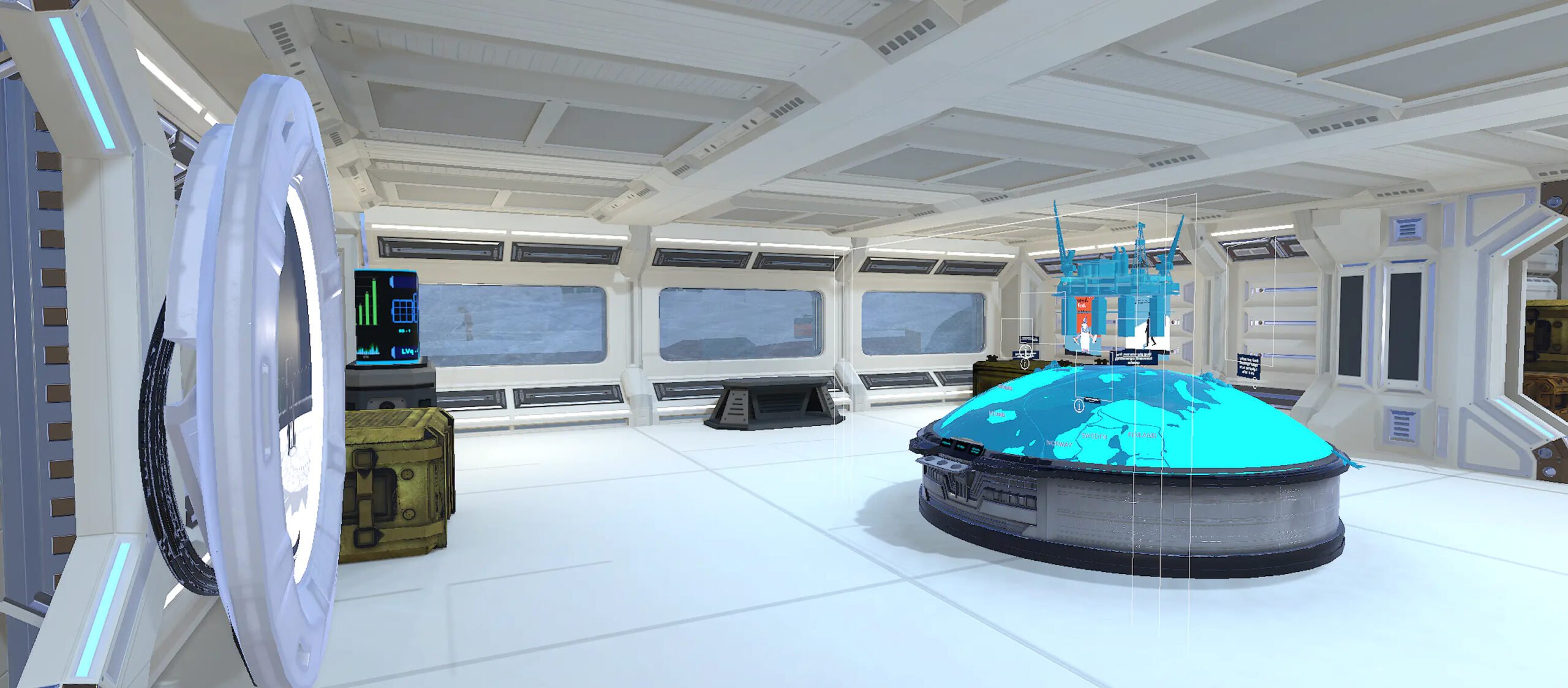VR Museum Showcasing Climate Models
Virtual Reality Museum of the Future
Zubr has collaborated with the Defence Science and Technology Laboratory in creating a virtual reality Museum of the Future to help our military leaders and policymakers prepare for the threats of tomorrow. Set on an intergalactic spaceship, the Museum of the Future uses virtual reality to immerse decision-makers in a future filled with unique challenges.
Partners
In a unique multidisciplinary collaboration between our VR specialists, sci-fi authors, academics and futures experts, Zubr Futures have worked alongside PA Consulting and the Defence Science and Technology Laboratory (DSTL) to explore new perspectives and harness creativity.
We can essentially do anything you want in virtual reality, the limit is your imagination. Therefore, we can create worlds that can't exist in reality and give people a flavour about what things might be available in the future.
Jim, principal scientist at DSTL
Visioning our possible futures
The virtual reality museum platform is designed to allow policy makers, governmental decision makers and the general public to think about future environments and understand what technology may be needed in a drastically changed landscape.
We aimed to create a memorable, thought-provoking experience to virtually ‘transport’ users into the future, challenging their thought processes in a way that written reports cannot. It was also paramount that the Museum of the Future was academically robust, so it may be used as a communications tool and seriously considered as a research project for years to come.
The Museum of the Future uses innovative technology to pose questions about how technology will influence our future environments and what this means for our policy and technological development.
Delivering scientific research through interactive elements
Long, dense reports are rarely effective in bringing future challenges to life; VR carries a much greater influence, as it is easy to navigate important information in shorter spans of time, engaging users via interactive elements.
The Museum of the Future allows us to explore new concepts without consequences, and communicate these concepts across defence and security at all levels, for example, as a training aid. Due to Zubr’s collaboration on the academic paper detailing findings from the Museum of the Future, we have also produced tangible research on the uses of VR as a result of this project.
The Museum of the Future also serves as a powerful teaching aid in universities and schools, encouraging young people to consider careers in defence and security science
Move between worlds
A fully immersive VR experience, the Museum of the Future consists of various exhibits or VR ‘worlds’ you can freely move between. Each exhibit is a futuristic version of things that already exist, such as a space-going version of a naval ship. Users can explore the impacts of military and policy decisions, the potential impacts of various technologies and the nature of possible future operating environments. By implementing techniques to induce ‘cognitive estrangement’ and test users’ comfort, we prompt users to explore new ideas and think outside the box.
Imaginative VR with real-world impact
By presenting policy makers with an immersive experience of our possible futures, we can create informed and imaginative defence policies that consider the rapid and dramatic changes taking place in the world around us, helping to make the UK safer for future generations.

